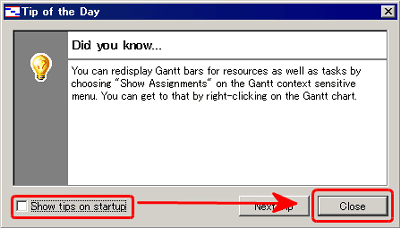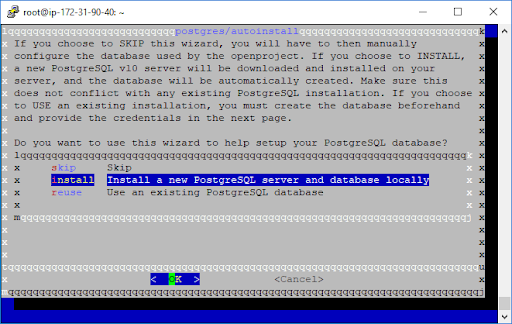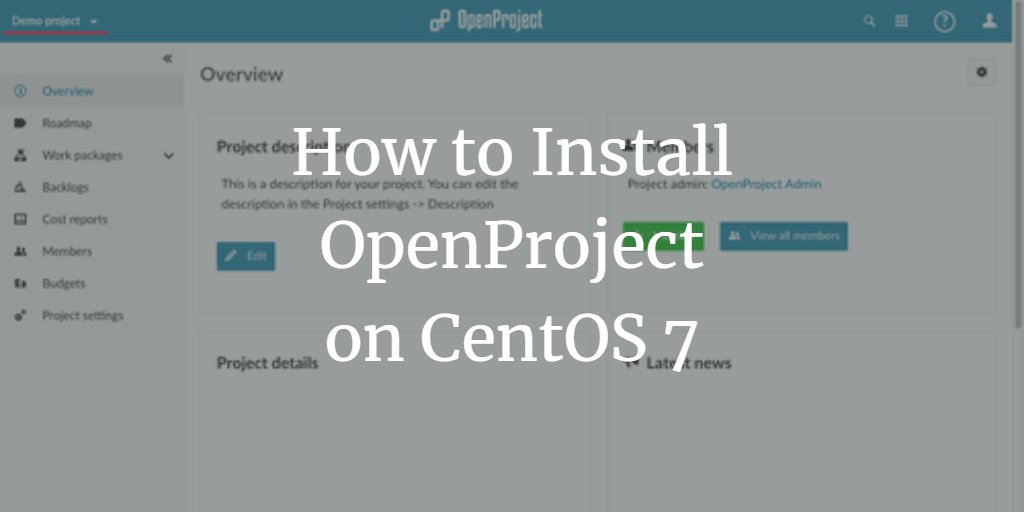
You can stop and remove all containers by running: docker-compose down

You can stop the Compose stack by running: docker-compose stop Please refer to the official Docker Compose documentation for more details. For instance you could mount specific configuration files, override environment variables, or switch off services you don’t need.


Best practice is to use the file for that case. Note that the docker-compose.yml file present in the repository can be adjusted to your convenience. You need to explicitly disable HTTPS mode on startup as OpenProject assumes it’s running behind HTTPS in production by default. Launch the containers: OPENPROJECT_HTTPS=false docker-compose up -dĪfter a while, OpenProject should be up and running on The default username and password is login: admin, and password: admin. Make sure you are using the latest version of the Docker images: docker-compose pull Then, change into the compose folder, this folder will be the location where you enter all following commands: cd openproject/compose One container per process (recommended) Quick Startįirst, you must clone the openproject-deploy repository: git clone -depth=1 -branch=stable/12 openproject One container with all the processes inside. Allows to easily choose which services you want to run, and simplifies scaling and monitoring aspects. Multiple containers (recommended), each with a single process inside, using a Compose file. OpenProject with Docker can be launched in two ways: Please see the Docker Engine installation page if you don’t have Docker installed. However, contrary to the manual or package-based installation, your machine needs to have the Docker Engine installed first, which usually requires a recent operating system.

We provide a Docker image for the Community Edition that you can very easily install and upgrade on your servers. Docker is a way to distribute self-contained applications easily.


 0 kommentar(er)
0 kommentar(er)
